Corn Belt States
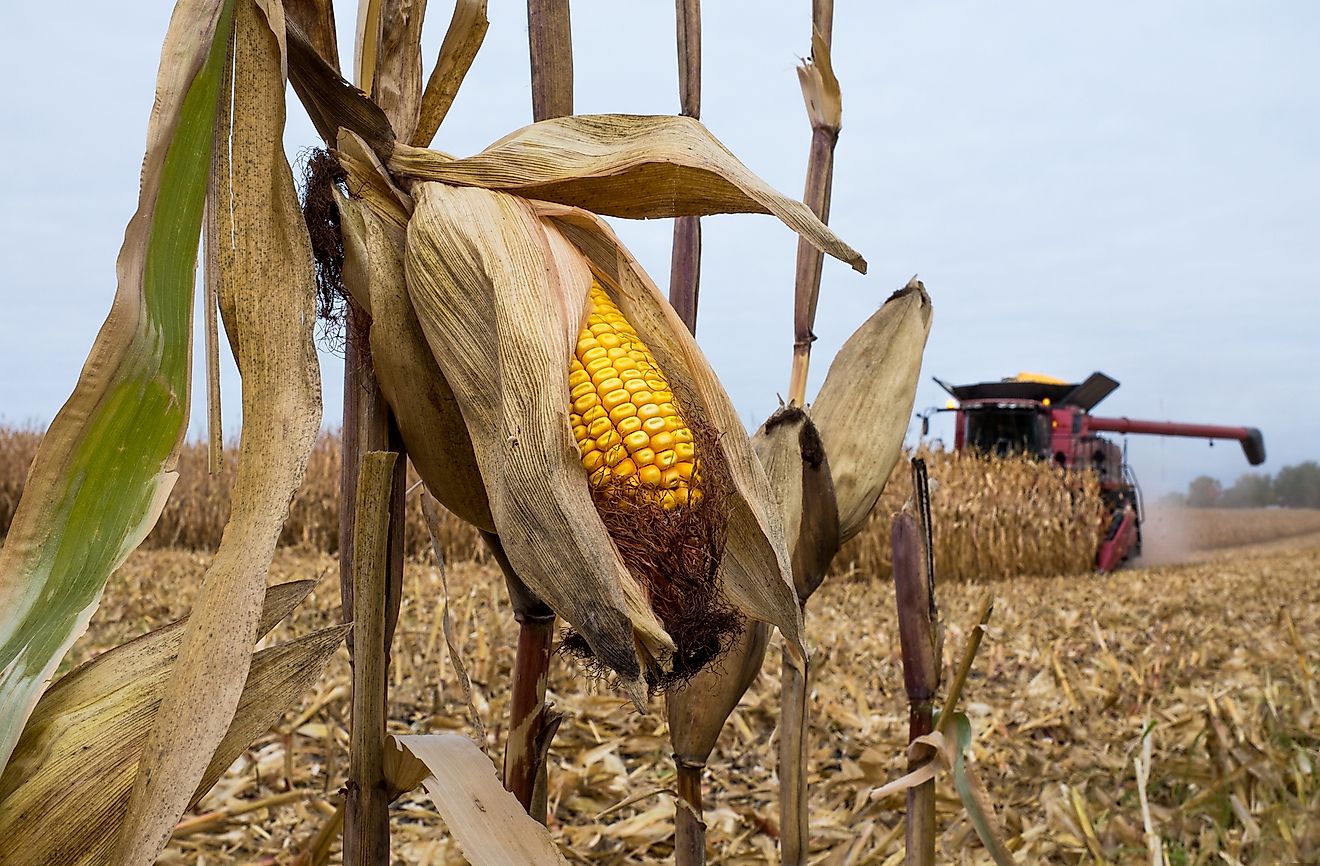
- The Corn Belt is a region of the Midwestern United States that produces most of the country’s corn.
- The Corn Belt is considered one of the most fertile places on Earth.
- The Corn Belt now produces 40% of the world’s total corn crop.
- The state of Iowa leads the Corn Belt in corn production.
- Climate change is making the Corn Belt increasingly infertile.
The Corn Belt is a region of the Midwestern United States. The region stretches from Missouri and Kentucky in the south to Minnesota in the north, and from Ohio in the east to Kansas, Nebraska, and the Dakotas to the west. As its name implies, the Corn Belt produces much of country’s corn, and has done so since the 1850s. It is considered one of the most fertile regions on Earth. This fertility, however, has lately come under threat by climate change.
History Of The Corn Belt
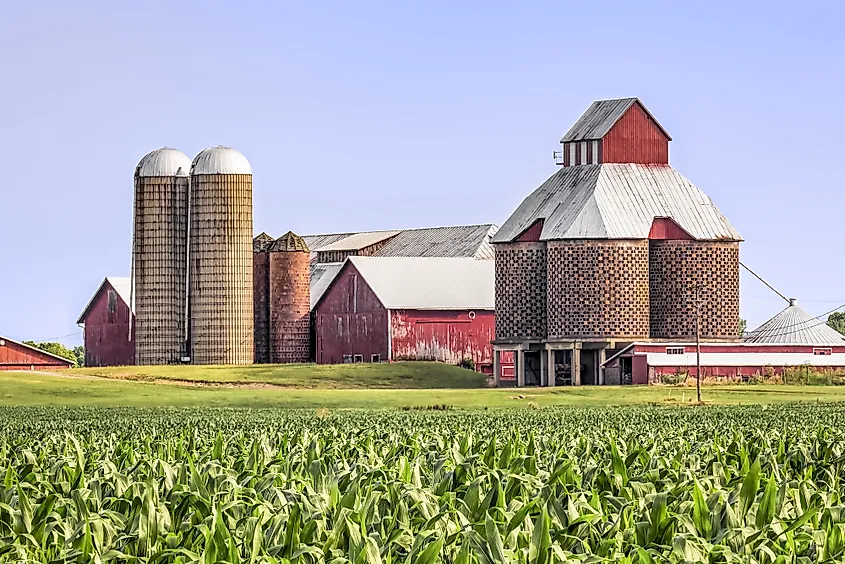
Before 1850, American settlers in what became the Corn Belt confined themselves to farming in forested areas or grasslands that were adjacent to woodlands. It was in the forested areas that the Corn Belt began to take shape. The setters used farming techniques learned during the period when Europeans began settling on what is now the eastern seaboard of the U.S. They combined these techniques with those learned from Native Americans. Indeed, corn was first cultivated by the indigenous people of the Americas for seven thousand years before the arrival of European settlers.
From 1850 onward, American farmers expanded their operations into the grasslands of the prairie and Great Plains. At first, the farmers had difficulties farming in these areas, as their know-how and technology were based on experience farming forested areas. In addition, most of the farming that was done by American pioneer settlers was subsistence farming. Commercial farming would come later, when farmers began producing surpluses of corn, and had to figure out what to do with it. These farmers soon learned that they could use the corn to feed their livestock, which was advantageous to them because fatter livestock fetched higher prices.
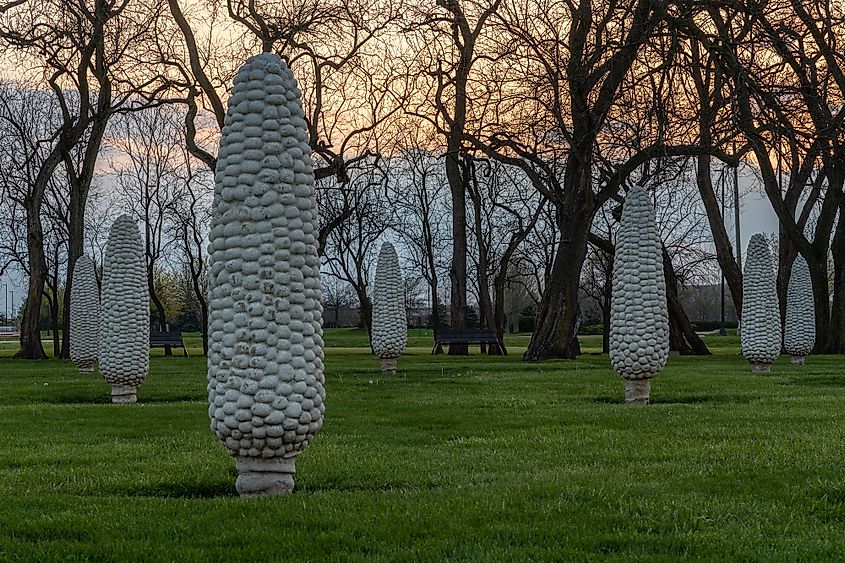
The Corn Belt began to grow rapidly in the second half of the 19th century, as new cultivation techniques suitable for farming on the prairie were developed. New technology, such as the introduction of steel plows, horse-drawn cultivators, well-drilling, and railroads also helped farmers to grow their operations and sell their crops. Today’s Corn Belt produces more than 10 billion bushels of corn each year, accounting for at least 40% of the world’s corn production.
The Corn Belt Today
Today, the bulk of the corn that is produced in the U.S. still comes from the Corn Belt. In fact, the region produces 75% of the country’s corn. Data from 2008 shows that half of the corn produced in the U.S. came from four states alone: Iowa, Minnesota, Nebraska, and Illinois. The state of Iowa is now the leading corn-producing state in the U.S. The cultivation of corn in the Corn Belt is so intense that scientists believe it could be influencing the weather patterns of the region. In fact, a recent study indicated that the presence of so much corn in the Corn Belt is counteracting the effects of climate change. For instance, while the world’s climate has been warming due to climate change, the summer temperature in the Corn Belt has dropped by a full degree Celsius. In addition, rainfall in the region has increased by 35%. Scientists believe that this is being caused by the photosynthesis of all the corn being grown in the Corn Belt, which contributes to more water vapor in the air. Still, the Corn Belt is completely immune from the effects of climate change.
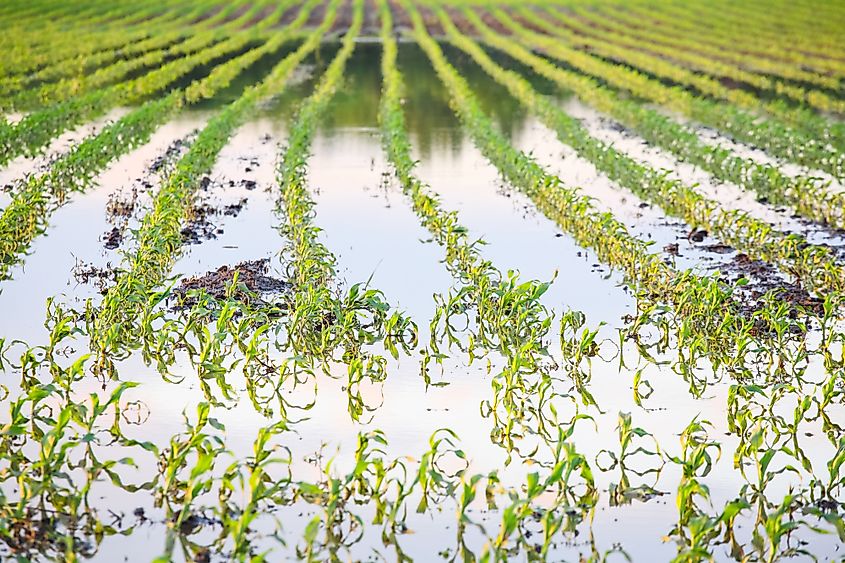
Indeed, climate change has been making one of the most fertile regions on Earth increasingly infertile. Corn and other crops rely on rich, fertile topsoil for the water and nutrients that they need to grow. For a long time, this kind of topsoil was easy find in the Corn Belt. A recent study, however, has shown that about 35% of the region has lost its rich topsoil completely. What is left is carbon-poor layers of soil, which are not good for growing crops. The loss of topsoil causes environmental problems. When it erodes, for example, its nutrient-filled dirt can degrade streams and rivers. It is also estimated that topsoil loss costs the agricultural industry in the U.S. Midwest nearly $3 billion annually.
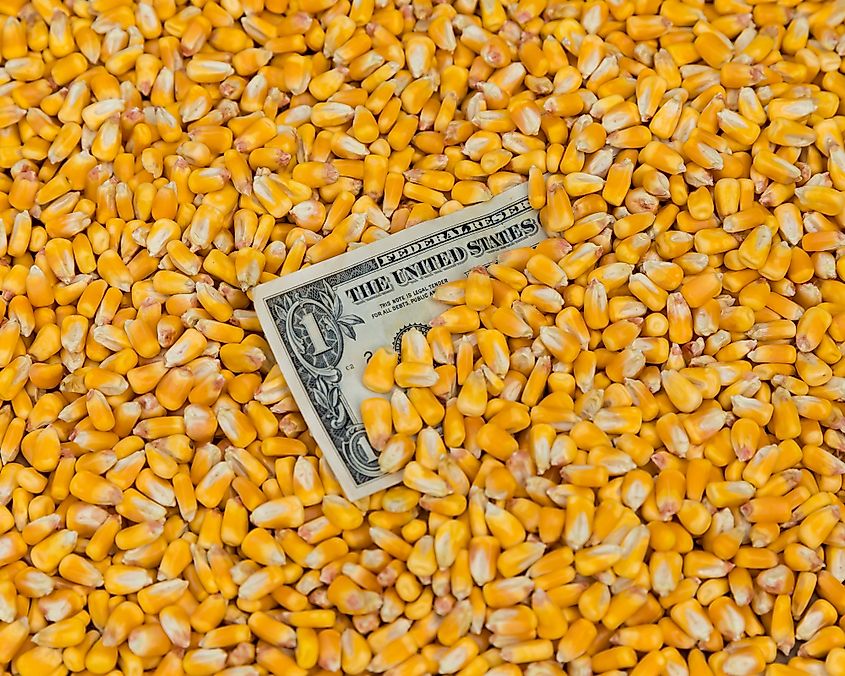
Since 1935, the U.S. government has taken a number of initiatives to encourage soil conservation and sustainable farming in general. In 1985, for example, a law known as the Farm Bill was passed, which actually paid farmers not to farm ecologically sensitive land for 10 to 15 years. Such economic incentives are rare, however, and since farmers depend on their crops to make a living, they do not have much motivation to use more sustainable farming methods.
Climate change also raises the possibility that the Corn Belt may literally move. The warming climate means that corn production may have to be shifted northwards, where growing conditions will be more suitable. Thus, whereas farms in states like Iowa and Illinois produce much of the corn in the Corn Belt today, a continuing warming trend may make conditions in more northerly states, like Minnesota and the Dakotas, more suitable for cultivation. In general, farmers in America’s Corn Belt will have to change the way they farm in order to adapt to the increasing effects of climate change.











